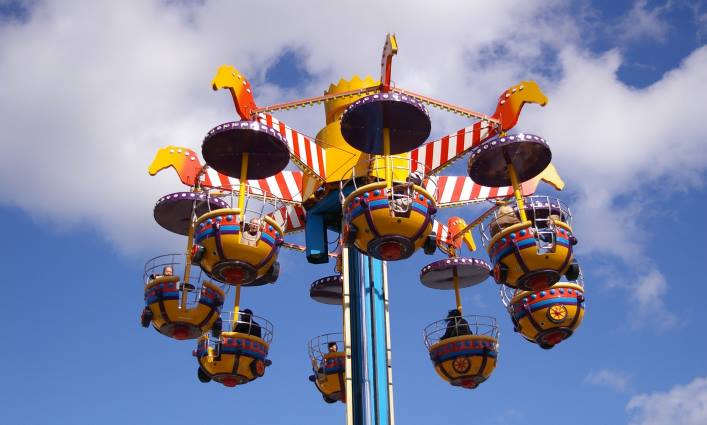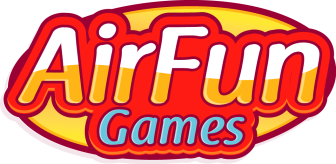
What’s the difference between carnivals and fairs? With the words “carnival” and “fair” sometimes used interchangeably, a person can be forgiven for experiencing confusion trying to sort out the difference between the two.
We are here to set the record straight.
While there are many similarities between the two, there also are many differences. But the years – and the application of the terms to all kinds of entertainment – have blurred the lines between the two.
The Difference Between Carnivals and Fairs
Knowing the difference between carnivals and fairs won’t make you rich or famous, but who isn’t looking for some facts to sprinkle into your next get together with friends?
First, let’s take a look at carnivals.
Ancient Carnival Traditions
While different histories are offered by different sources, there is some agreement that carnivals started thousands of years ago as a celebration of the end of the winter and the beginning of spring. What little was left of the winter stores of food were taken out and consumed before they went bad.
This was almost certainly the practice of Germanic tribes thousands of years ago who were also celebrating the return of daylight. There are written references to this dating all the way back to “Germania,” written by the Roman historian Tacitus in 98 AD.
At some point, the Catholic Church began the annual event of carnivals that lasted two or three days before the beginning of Lent. Essentially, carnival was a time to eat, drink and be merry before the austerity of Lent.
So what does this have to do with the carnivals of today?
Traveling Carnivals
From these traditions, small carnivals were established that primarily provided entertainment such as rides and games. Some would also include vaudeville shows. They would travel the countryside, setting up in a community for a few days before packing up and moving on to the next town.
In addition to the small size and traveling nature of the carnivals, food was also a staple – including, in the 20th century, classics such as funnel cake and cotton candy.
In the United States, the beginning of such carnivals is often traced to the 1983 World’s Fair in Chicago, which includes an avenue that had games and Wild West shows, among other attractions.
Fairs: A Community Comes Together
Fairs also have rides (Ferris Wheels and the Zipper, for example) and food (almost anything you can imagine has been deep fried and sold at a fair). However, there are differences with carnivals.
While carnivals – like a circus – are typically traveling shows, a fair is larger and often sponsored by an entire state. Rather than outsiders coming in to entertain a community, a fair is usually the community coming together to entertain themselves.
Fairs also mean contests. These can range from livestock competitions to equestrian events and displays of craftsmanship. County and state fairs are usually geared toward farming, livestock and skills in such areas as cooking, carving and quilting.
While you might find elements of a carnival on the midway of a fair, you will likely not find the competition aspects of a fair at a carnival.
Pretty simple, yes? In summation – carnivals are small, often traveling, and focus on entertainment. Fairs are larger, often community-sponsored, and feature competitions as well as elements of carnivals. Now you can set the record straight the next time any asks what’s the difference between carnivals and fairs!


My state fair has the local competitions but have outsiders bring in the rides and games so our state fair has a traveling carnival inside a fair